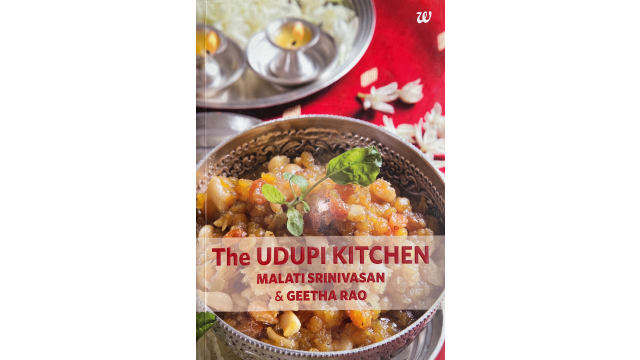Ragi

Latin name: Eleusine coracana
Other names: finger millet
Uses: grain, flour, beverage
What is ragi?
Ragi is an ancient grain celebrated as a superfood in contemporary foodscape. With its rustic flavor and nutritional prowess, the humble millet adds a touch of earthiness to every dish. Also known as finger millet, as its ears resemble fingers, ragi is a gluten-free powerhouse. It is a valuable subsistence crop due to its resilience to drought and ability to grow in poor soils. For many communities, in difficult terrains across Africa and India, ragi offers food security.
Why is ragi healthy?
Ragi is a nutrient-dense grain that provides a rich source of dietary fiber, promoting a feeling of fullness. Packed with essential amino acids, it serves as a complete protein source which makes it a good choice for vegetarians. Ragi's low glycemic index helps to maintain steady blood sugar levels, while the presence of calcium, iron, and other minerals contribute to bone health and prevent anemia. It is high in antioxidants like polyphenols and flavonoids that can reduce inflammation and disease risk. The fiber in ragi promotes the quantity and diversity of gut bacteria.
What does ragi taste like?
Ragi’s flavor is mildly nutty and earthy, with a subtle sweet hint. The taste can vary depending on how it's prepared and the ingredients it's paired with. When used in dishes like porridges, ragi contributes a hearty and comforting essence.
How do I use ragi?
Ragi's versatility shines in both sweet and savory dishes. From hearty porridges to crunchy snacks like biscuits, crackers, and beverages, ragi finds its way into breakfast, lunch, and dinner. To make a nourishing ragi porridge, mix ragi flour with plain water or milk to avoid lumps and cook over low heat while stirring continuously until it reaches your desired consistency. Ragi pancakes, muffins, or cookies are made by blending ragi flour with other flours and adding sweeteners or flavorings.
What does ragi pair with?
Pairing ragi with yogurt and fruit makes for a nutritious breakfast or snack. It can be made into a smoothie with buttermilk or milk of your choice. Buttermilk, yogurt, honey and fruits can be added to the porridge according to individual preferences. Experiment with ragi in soups, stews, or even as a thickening agent for sauces. Its nutty flavor and distinctive texture can add depth to a variety of recipes.
Where does ragi grow?
Born of the East African highlands, ragi was first recorded about 5,000 years ago. It has been cultivated for centuries in countries including Africa, Asia, and parts of Central America.
Fun ragi fact:
Ragi is sometimes described as "dancing grain" because its dry grains are so light that they tend to flutter on a plate.



